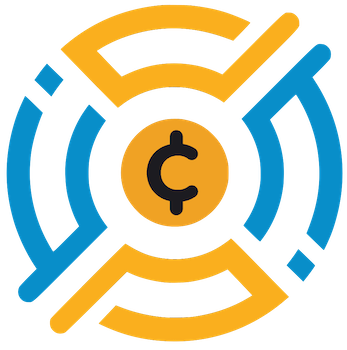The Solana blockchain has become a focal point in the ongoing dialogue about cryptocurrencies, especially in light of growing concerns surrounding speculative assets. Critics of the platform have labeled it as a hotspot for dubious investments, particularly as recent trends highlight the rise of meme coins that exploit the volatility of the crypto market. However, Mert Mumtaz, CEO of Helius Labs, argues that such criticism is often misplaced and unfairly directed at Solana when similar patterns can be observed across multiple other platforms.
In recent months, Solana has witnessed a notable uptick in its transactional activity, much of which is attributed to meme coins that have surged in popularity. Notably, these include tokens directly linked to prominent figures, such as former U.S. President Donald Trump and his wife Melania, who launched Official Trump (TRUMP) and Melania Meme (MELANIA), respectively. This trend presents a double-edged sword; while it bolsters Solana’s visibility, it also raises ethical concerns about the nature of such investments. Critics assert that the volatility and often ephemeral nature of these tokens create an environment ripe for exploitation.
Specifically, stories of retail investors facing significant losses due to sudden price drops following hype-fueled trading practices have emerged, triggering accusations that Solana represents a critical danger to the integrity of the digital asset landscape. These situations, often characterized by “pump and dump” schemes, exacerbate the mistrust shared by some members of the investment community, leading them to declare Solana “the worst thing to happen” within the realm of crypto.
One of the most glaring incidents underscoring these critiques involved the launch of LIBRA, a coin that spiked in value partly due to endorsements from Argentine President Javier Milei. This case drew attention to questionable trading practices, when Milei retracted his support and consequently helped the coin’s value plummet by an astonishing 90%. Retail investors exposed to this volatility faced significant financial ramifications, underlining the precarious nature of investing in such a climate.
The fallout from LIBRA’s rapid rise and fall revealed that insiders managed to secure substantial profits, raising an alarm about the fair practices within cryptocurrency trading. Trader Hayden Davis, who facilitated the LIBRA launch, later admitted to reaping over $100 million from the endeavor. Further complicating the scenario, exchanges built on Solana, like Jupiter and Meteora, faced allegations of complicity. This led to tumult within the community, prompting a co-founder of Meteora to resign and the engagement of a third-party firm to investigate the claims.
In light of these controversies, Mumtaz has taken a firm stance, emphasizing the need to differentiate between the actions of a few unethical actors and the larger community of honest developers and innovators working within the Solana ecosystem. He has taken to social media to voice his frustration, stating that the culpability attributed to the entire blockchain due to the misdeeds of select individuals is fundamentally unjust. His remarks highlight a crucial issue within decentralized networks: the challenge of fostering a responsible community amid a sea of opportunists.
Mumtaz asserts that value creators consistently struggle against those seeking to exploit the system. He pointedly noted that real applications, such as decentralized GPU rendering and tokenized real estate, exist within Solana, yet they fail to attract the same attention as meme coins and flashy trading activity. By promoting these foundational projects, Mumtaz seeks to reframe the conversation surrounding Solana as one that includes positive contributions to the blockchain space.
The criticism directed at Solana mirrors past experiences faced by other platforms, notably Ethereum during the 2017 Initial Coin Offering (ICO) boom, where a staggering 80% of token launches turned out to be scams. This historical context serves as a reminder of the cyclical nature of speculation and fraud in the crypto space. Solana, like Ethereum before it, finds itself at a crucial juncture, required to navigate both its successes and the shadows of controversy.
As the cryptocurrency landscape continues to evolve, it is essential for stakeholders to engage in nuanced discussions about the implications of emerging trends and the responsibility borne by developers, investors, and the community at large. By fostering transparency and accountability, the Solana community, alongside others, can work toward establishing a more trustworthy and innovative digital asset ecosystem.
















Leave a Reply
You must be logged in to post a comment.